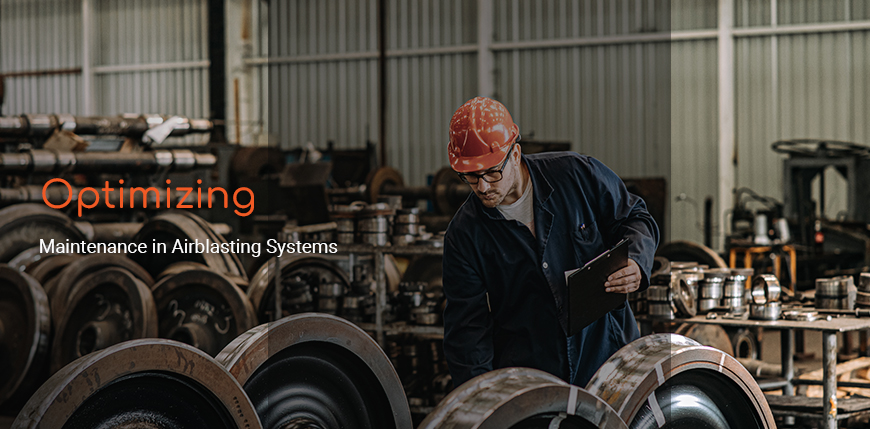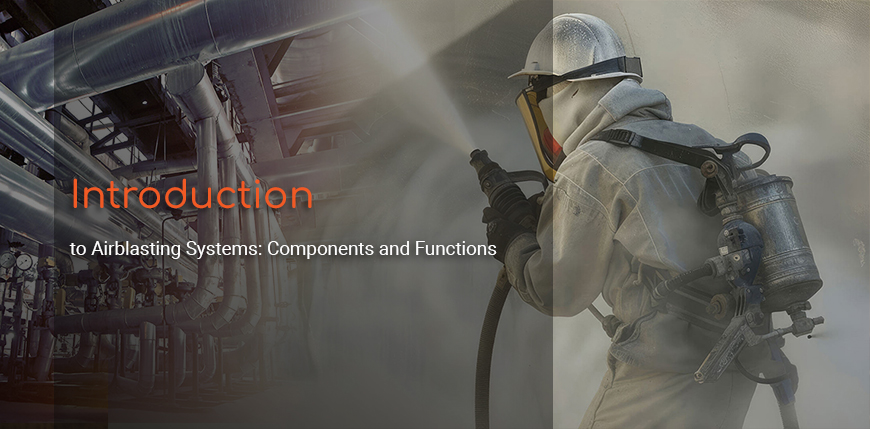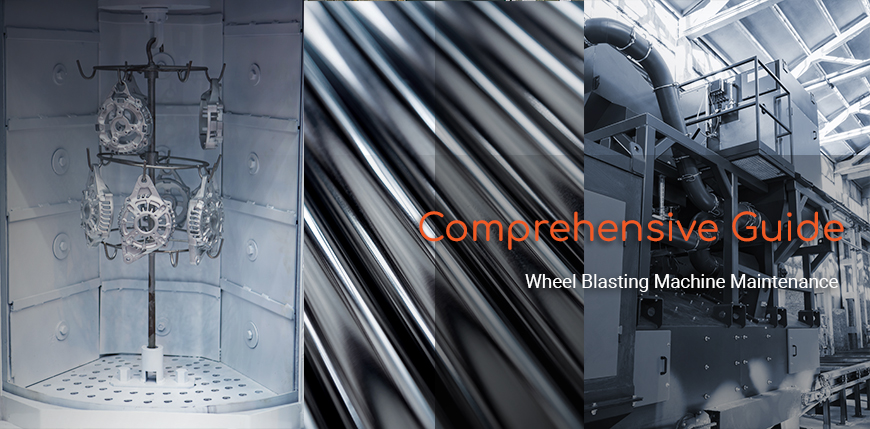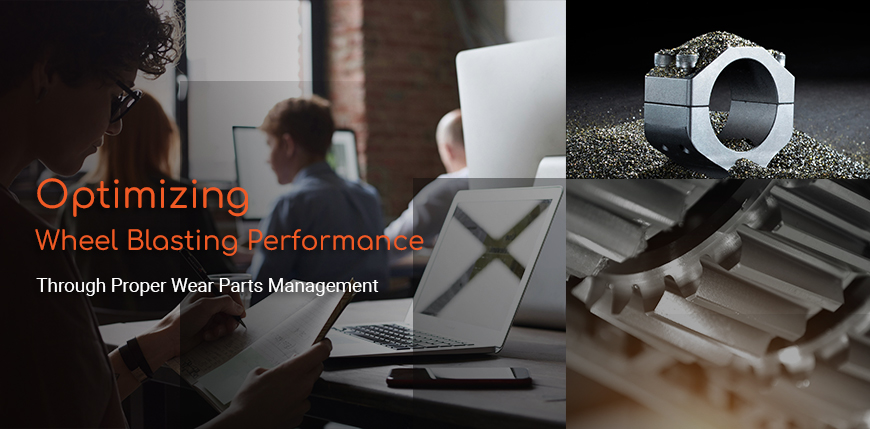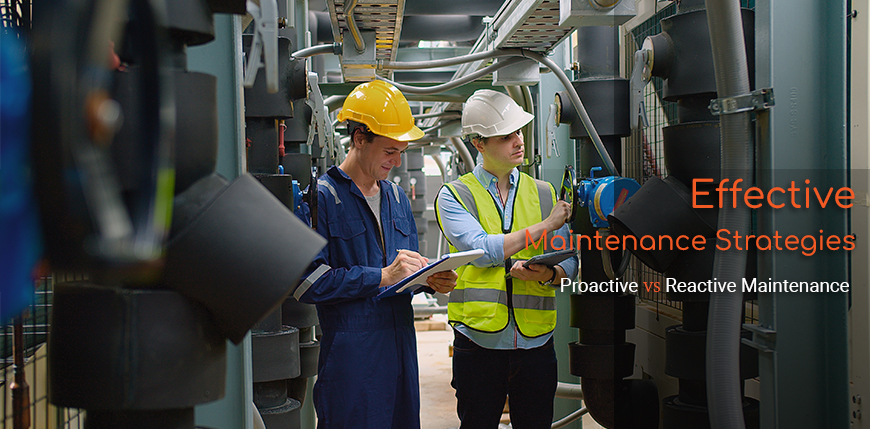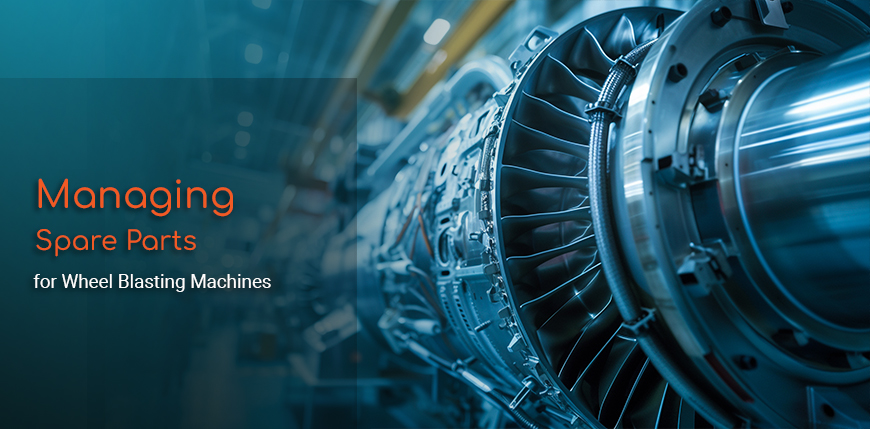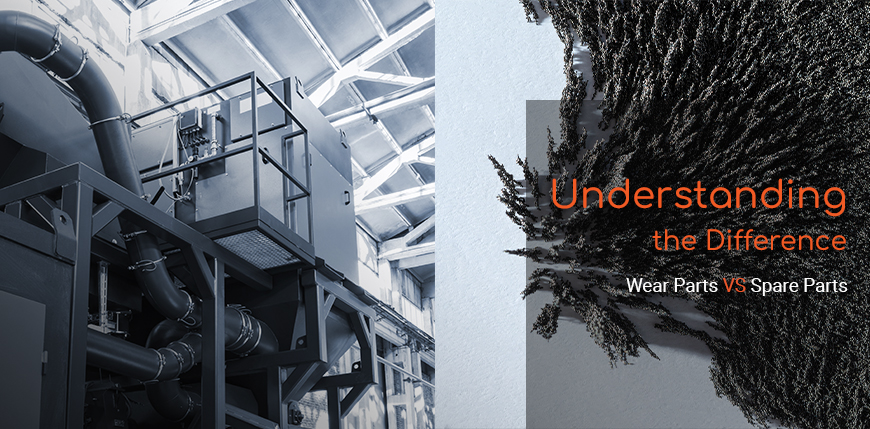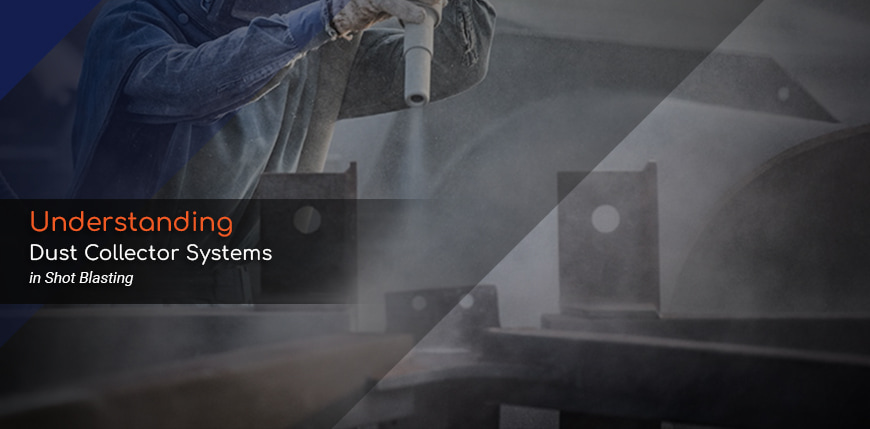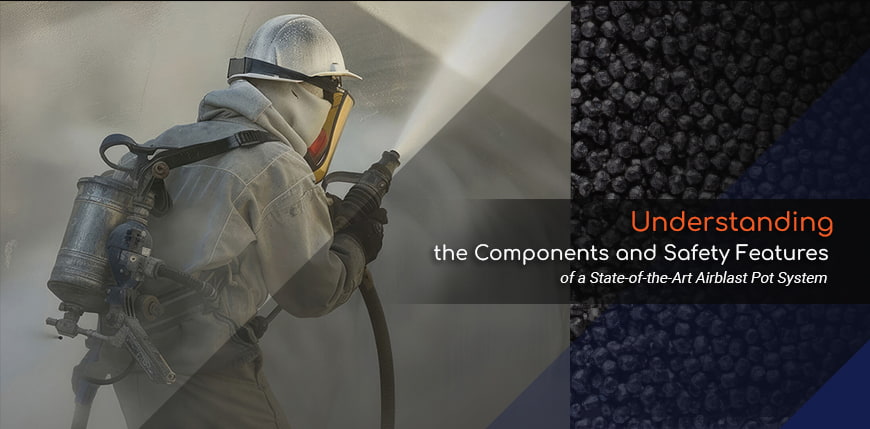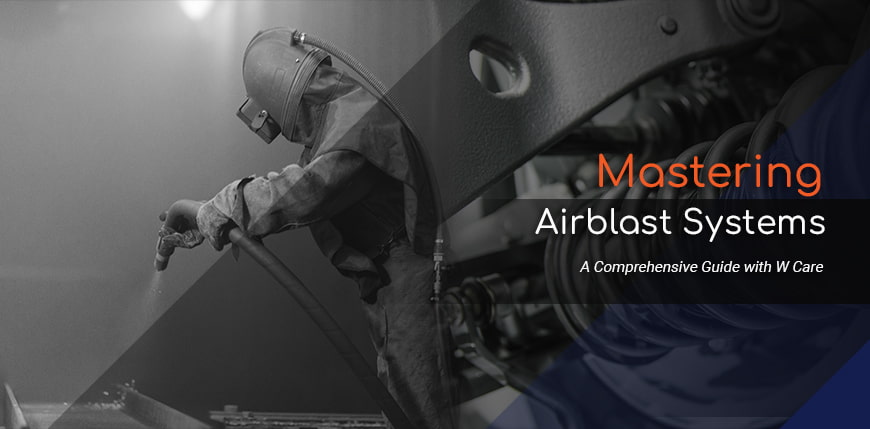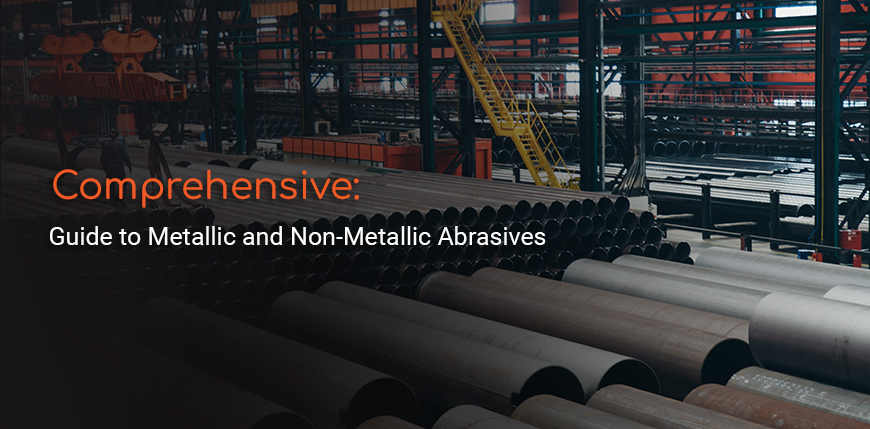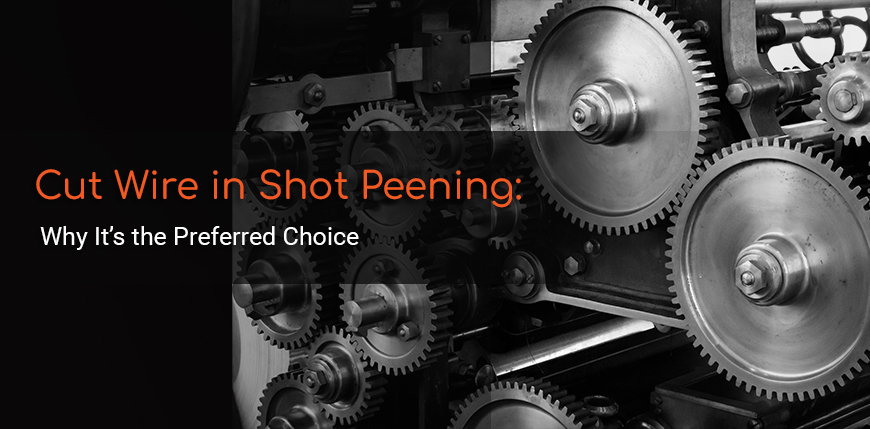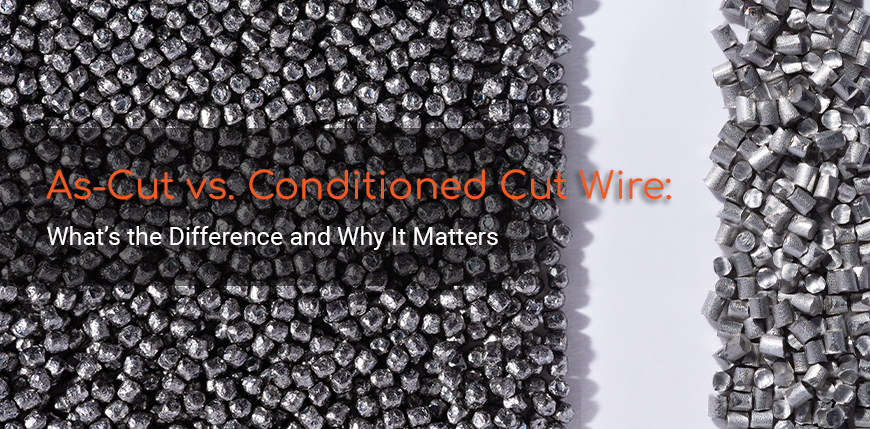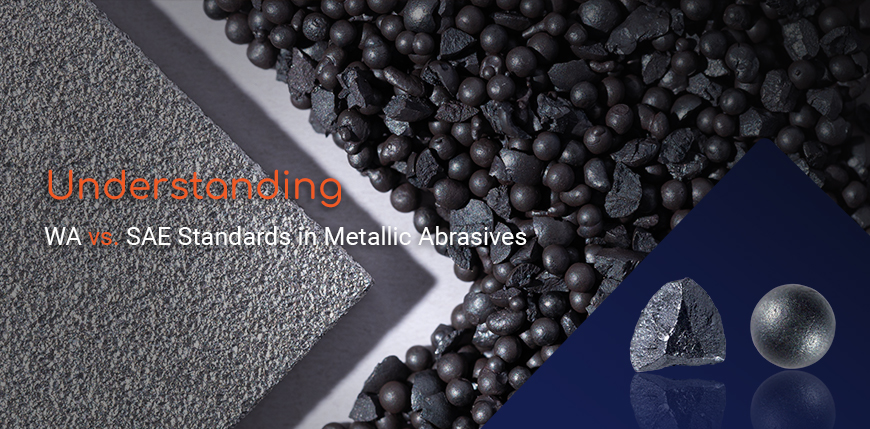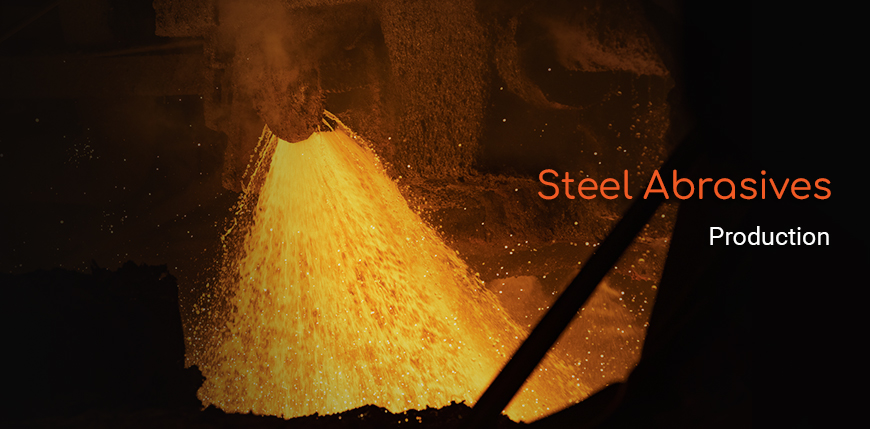Optimizing Maintenance in Airblasting Systems
Ensuring that every component, from the hoses to the nozzles, is in optimal condition not only improves the effectiveness of surface preparation but also enhances safety and minimizes downtime of airblasting process. This article explores key maintenance practices for airblasting equipment, the importance of proactive care, and how regular checks can prevent costly breakdowns.
Why Maintenance is Key in Airblasting Systems
Airblasting systems are designed to operate under high-pressure conditions, propelling abrasive materials at high speeds to prepare surfaces for coatings, painting, or other treatments. As with any machinery, wear and tear are inevitable. The abrasives used in airblasting, while effective for surface cleaning, are also harsh on the internal components of the equipment. Without regular maintenance, the



